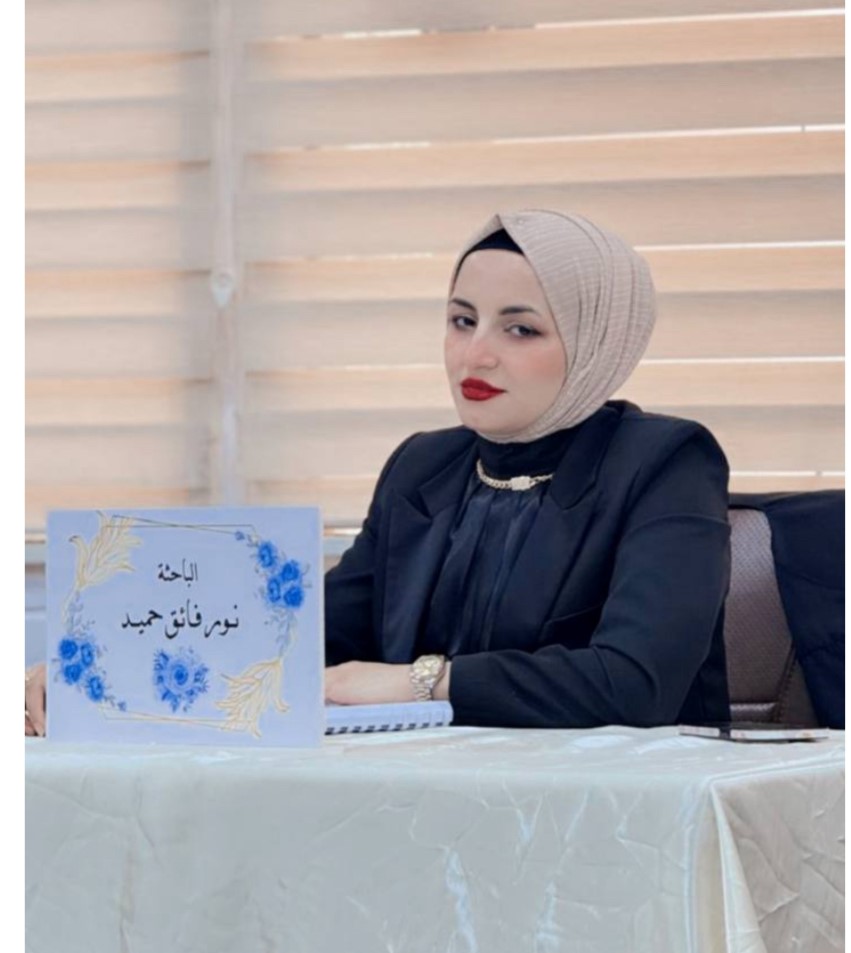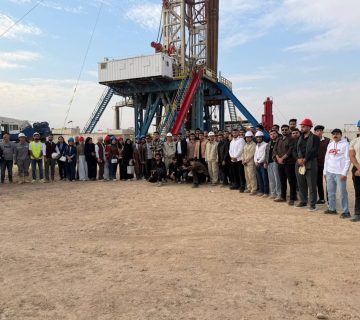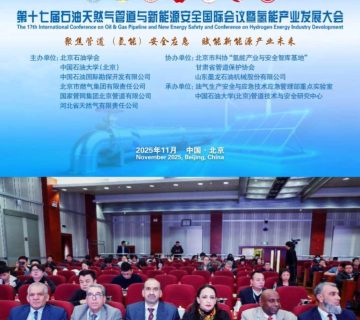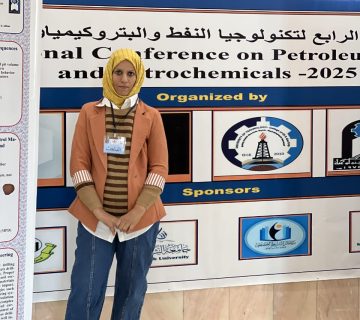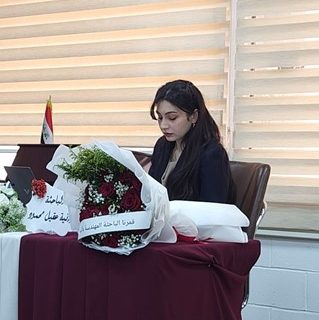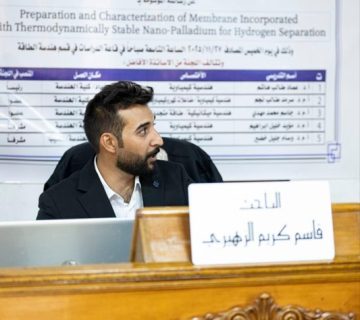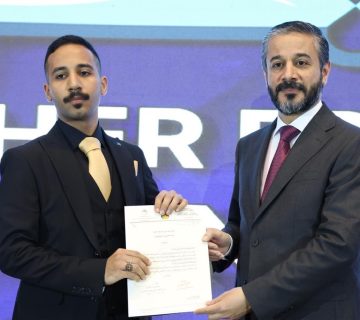The College of Engineering at the University of Baghdad witnessed the public defense of the master’s thesis by Noor Faek Hameed, a student in the Petroleum Engineering Department. Her thesis is titled:
“ Using Artificial Intelligent Technique and Conventional Methods to Estimate Water Saturation in Carbonate Reservoirs for Iraqi Oil Field“.
The defense took place on Thursday, October 17, 2024, in the Graduate Studies Hall of the Petroleum Engineering Department. The examination committee was composed of the following distinguished professors:
By the student Noor Faek Hameed and supervised by Assist. Prof. Dr. Rwaida Kaiser Abdul-Majeed. The examination committee consisted of Prof. Dr. Ayad A. Alhaleem A. Alrazzaq as Chairman and the membership of Assist. Prof. Dr. Mohammed Abdul Ammer Al- Humairi and Assist. Prof. Dr. Omar Falih Hasan. The thesis was summarized as follows:
The behavior of reservoirs and the fluids distribution within the porous media are heavily influenced by petrophysical rock properties. Due to complexity of reservoir rock architecture. One of the most important tasks in reservoir engineering is the determination of water saturation. Water saturation is affected by all rock properties, as well as formation lithology and shaliness content.
In this study, interactive Petrophysics, JMP and Excel software were used to perform all calculations, a variety of well log data used from five wells (EB-11, EB-14, EB-29, EB-74 and EB-79) that have been environmentally corrected. In order to estimate water saturation, the corrected data has been used. Lithology was determined using M-N matrix plots and (MID) matrix Identification plots to explore the mineralogical and geological elements of the formations, providing an identify lithology and an understanding of reservoir characteristics., shale volume was determined using single and dual shale indicators and porosity has been calculated by using sonic log (), density log () and neutron log. After testing of several methods for determining Archie’s parameters, including the Archie, CAPE, and 3-D approaches, using Archie’s formula to compute water saturation. The results showed that limestone is the main lithology in the reservoir, core samples and geological reports showed that Khasib formation was clean and no shale. The average value ranging of porosity and water saturation for all wells from 0.1 to 0.37 and 0.12 to 0.88, respectively, indicating favorable conditions for hydrocarbon production. To verify the accuracy of the computation, the outcomes of the three approaches were compared to the core data that was readily available. Demonstrated that 3-D has a higher determination coefficient, a lower statistical error, and a lower standard deviation than CAPE and Archie method for all wells.
The artificial neural network (ANN) approach was proposed and developed in this study by using JMP software to determine water saturation. Using deep resistivity (), gamma ray (GR), density porosity log (), sonic porosity log (), The study’s findings demonstrate that the ANN model’s optimization process yielded a determination coefficient was 0.9521 and a root average square error (RASE) was 0.02739. The Tan H equation can be utilized to improve the water saturation forecast accuracy by integrating it with currently available commercial well logging software. The results demonstrate that, when calculating the formation water saturation, the ANN model exceeded the current empirical methods in terms of performance and accuracy.
A support vector method has been developed using excel software to predict the water saturation. The prediction was carried out by utilizing a dataset from wells located in the east Baghdad oil field. The results showed that support vector method is a powerful tool for determining water saturation when comparison with the ANN model and core data using four input data (sonic density, bulk density, gamma ray and deep resistivity) where generalized () was 0.9679 and the root average square error was 0.0901.

